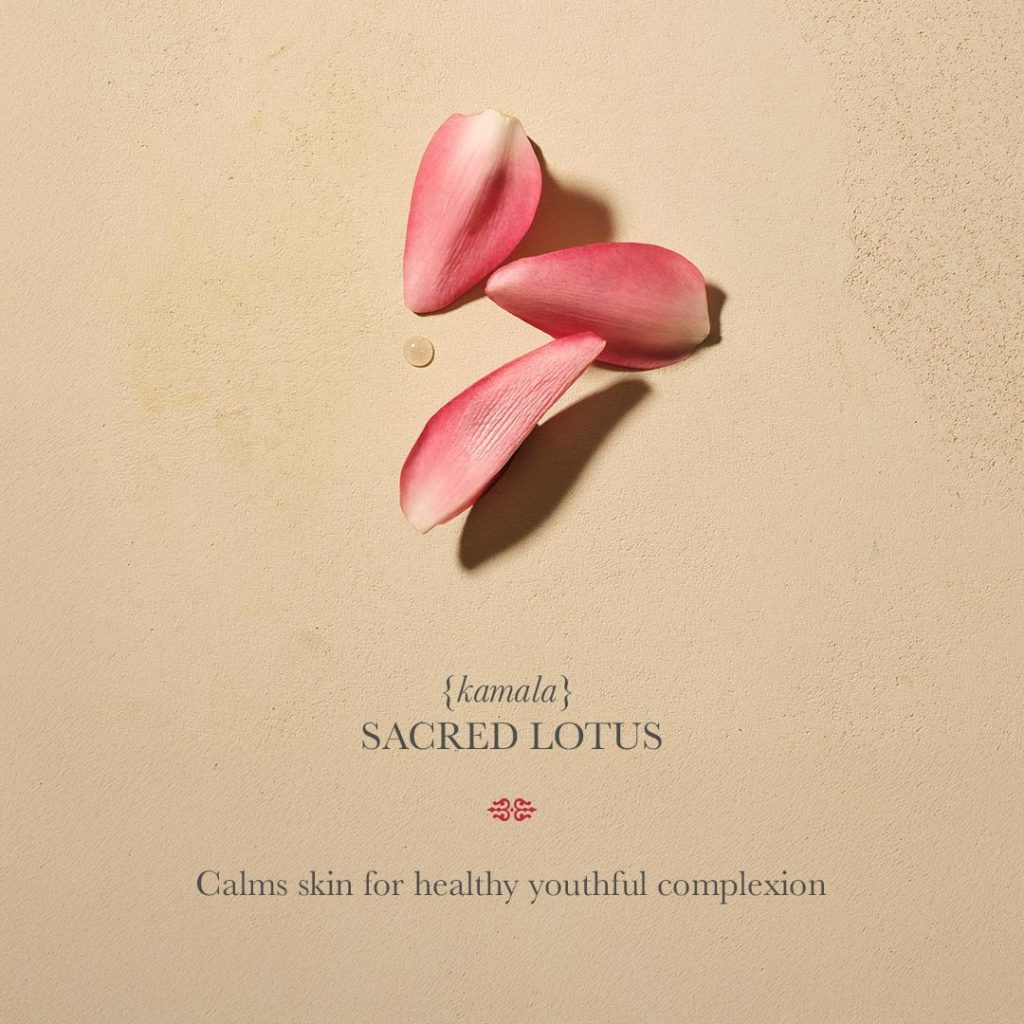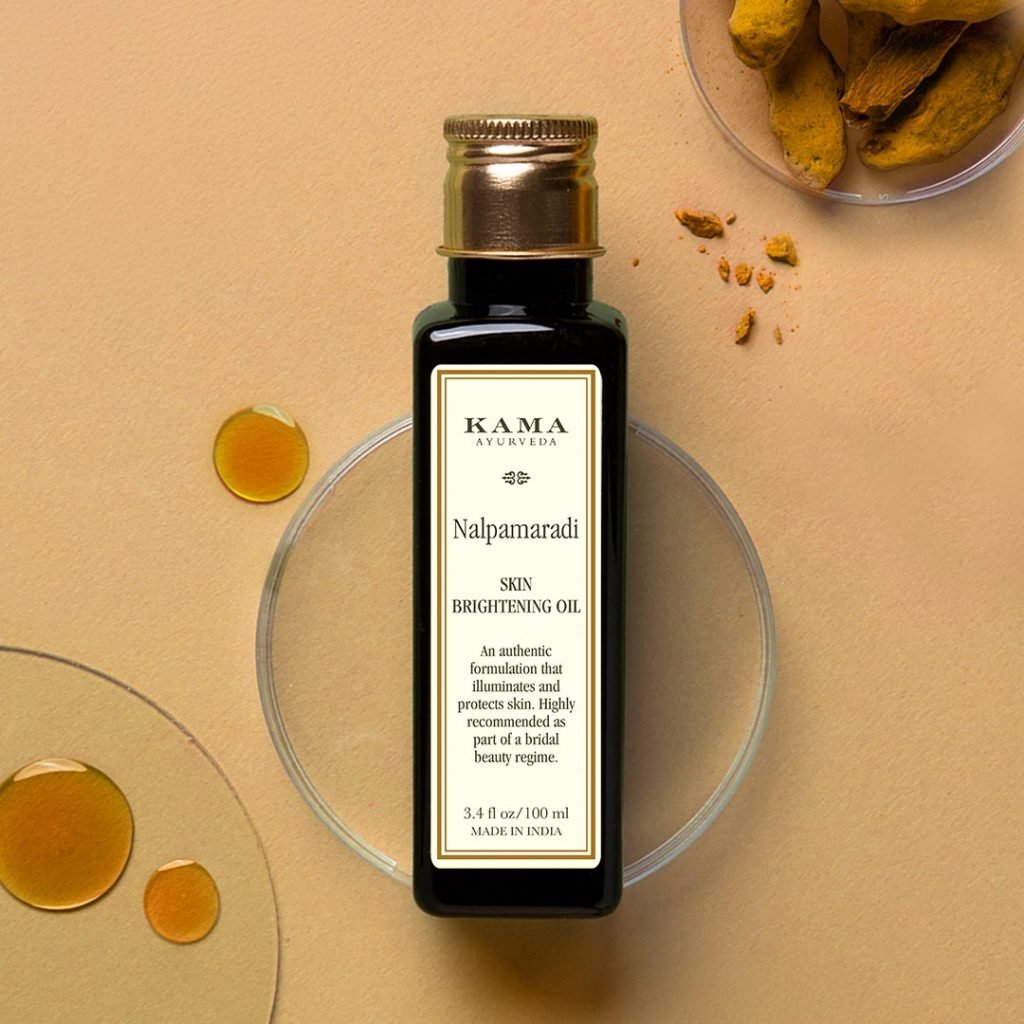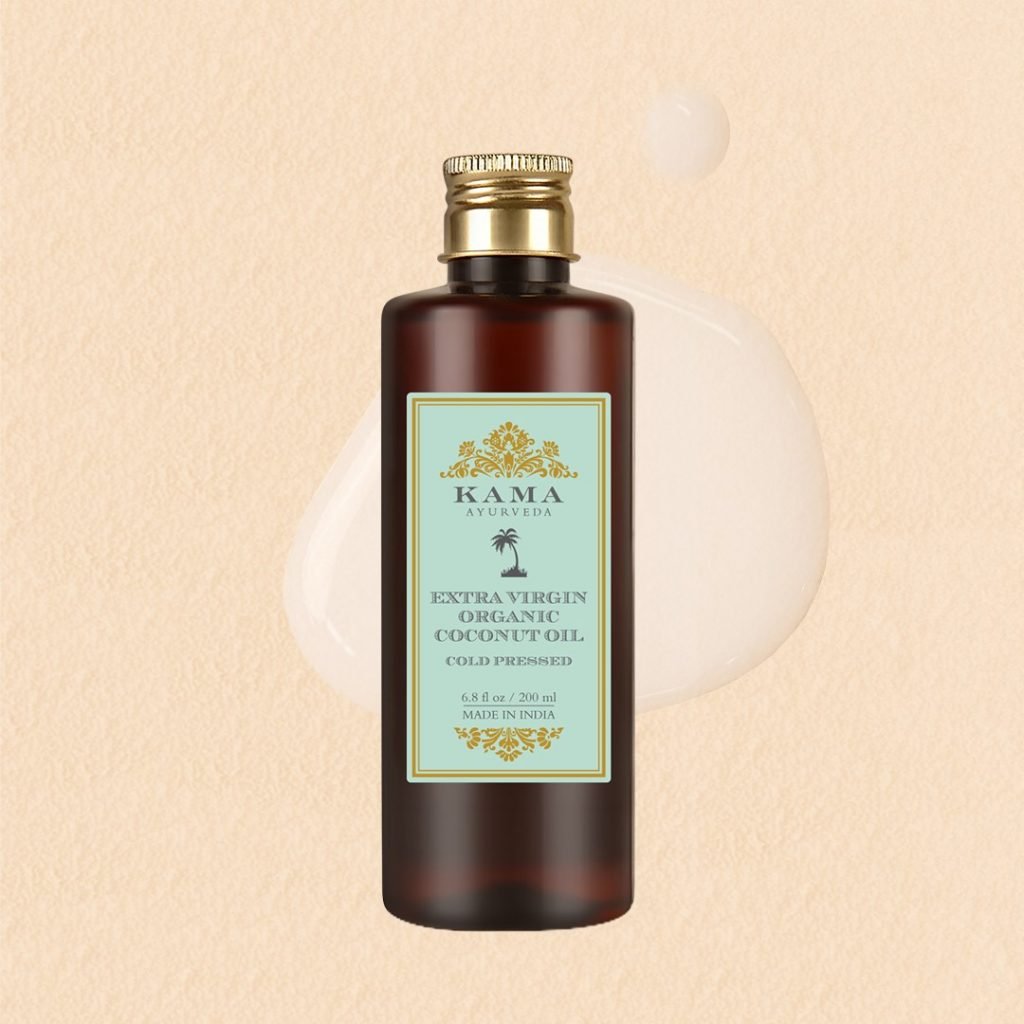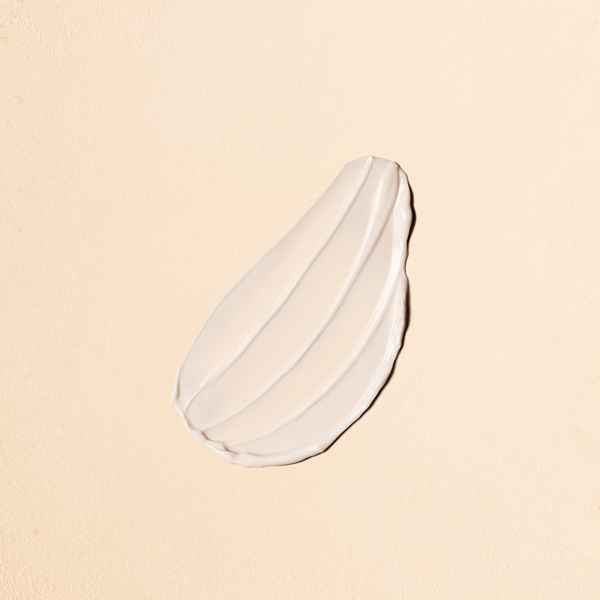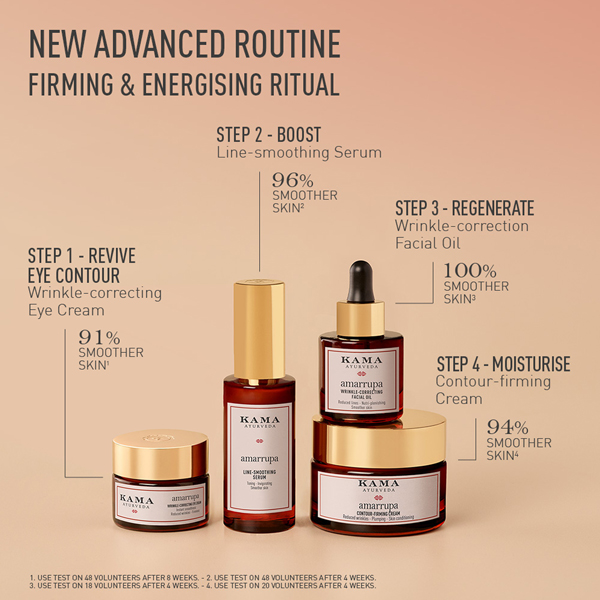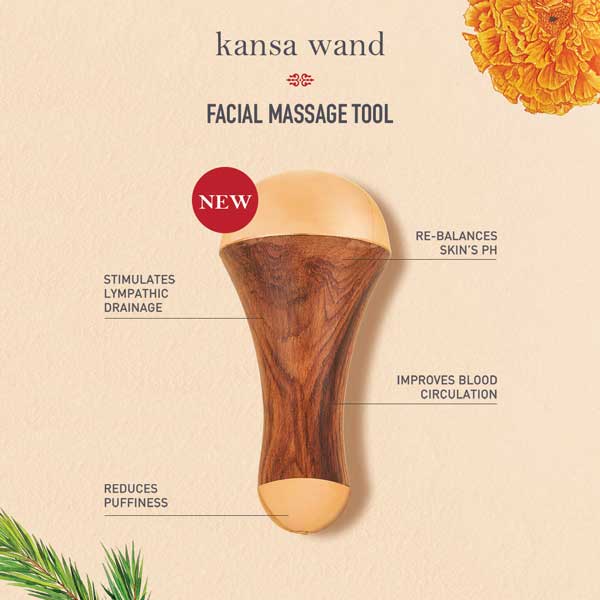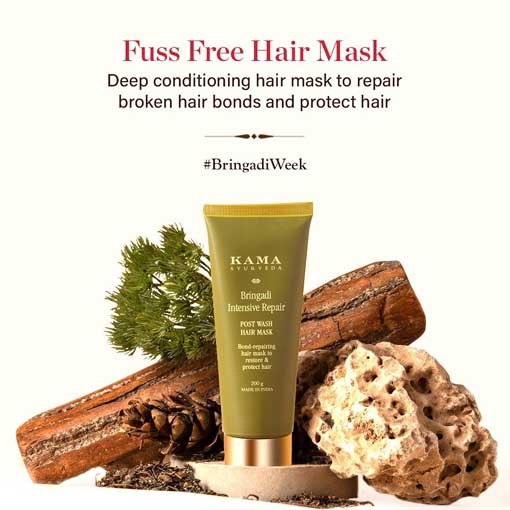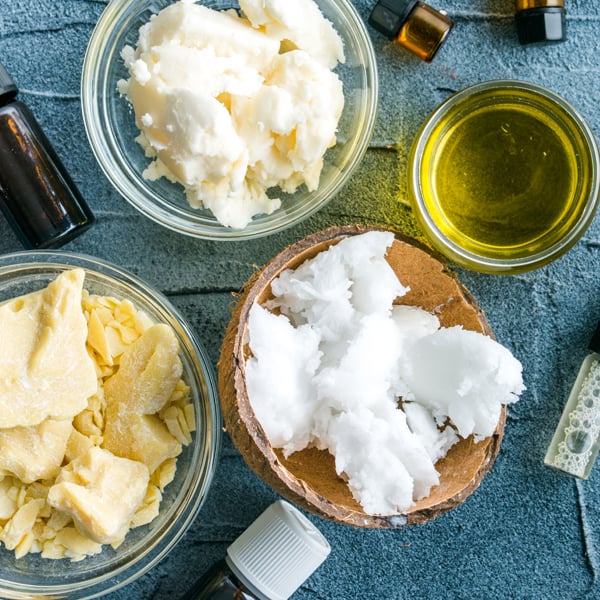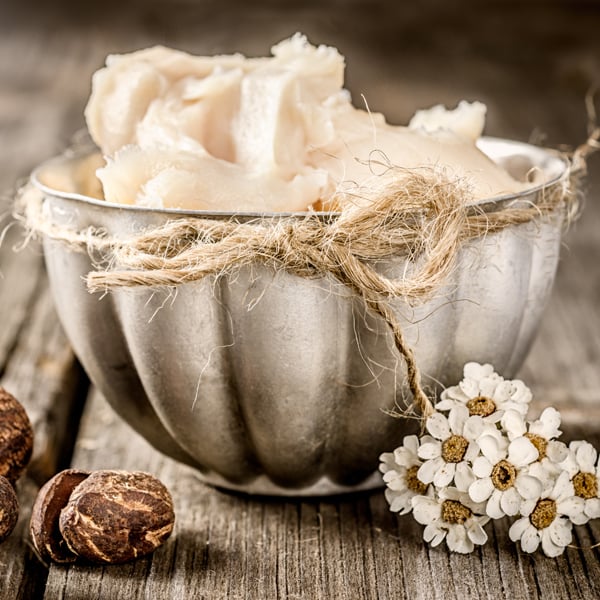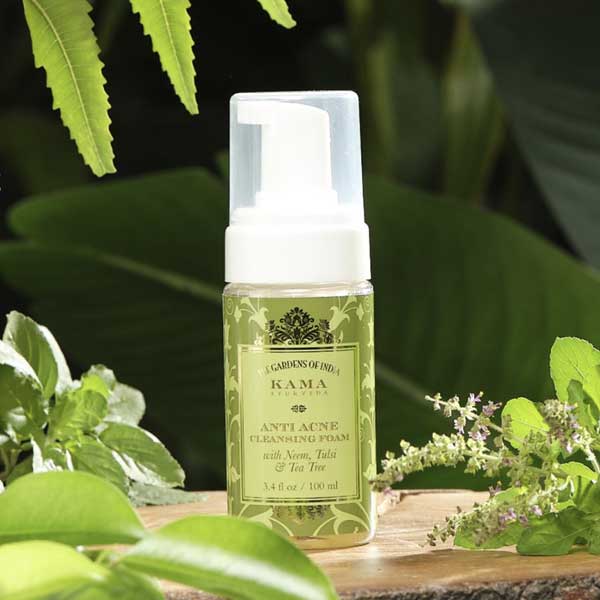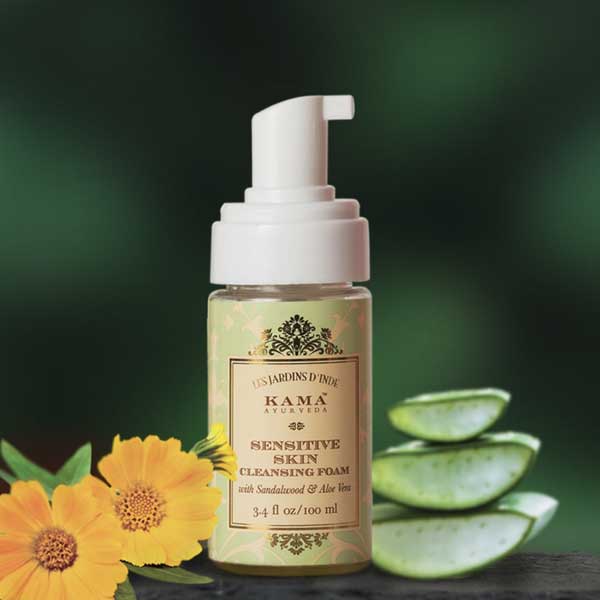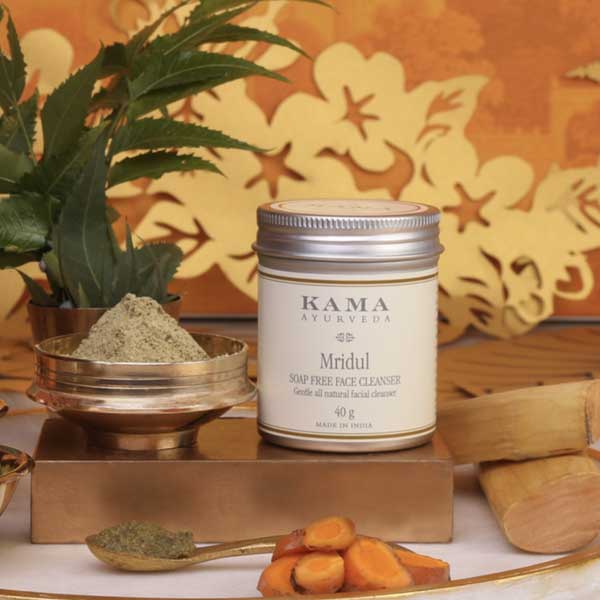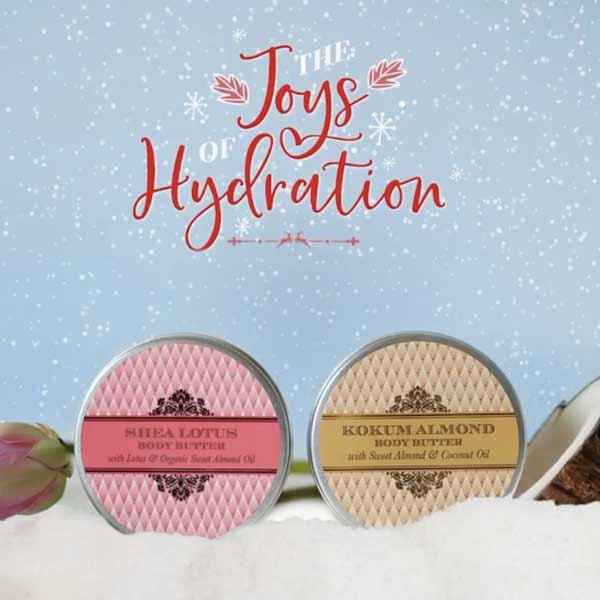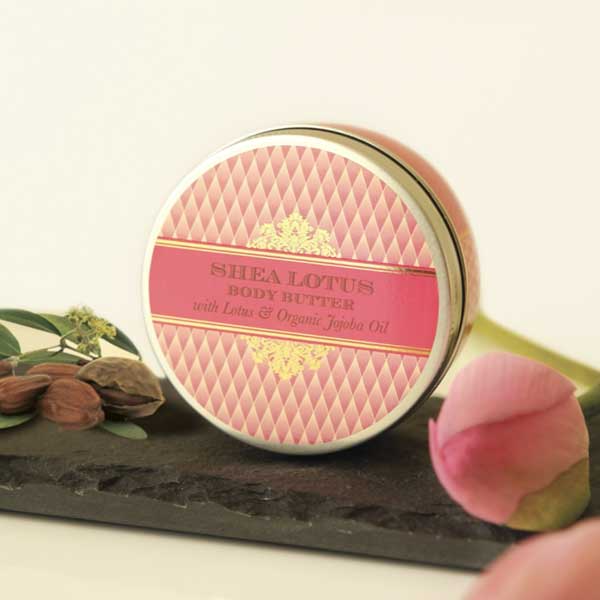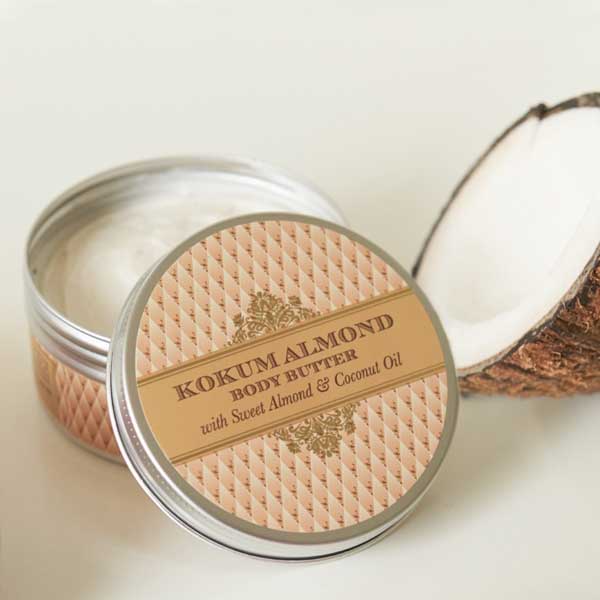Dry skin is a cause of concern for millions of men and women around the world. If you have dry skin, don’t worry, you’re not alone. Although harmless, dry skin conditions can be challenging. Your skin can feel rough, tight, and even itchy at times. In most cases, a consistent skincare routine including a rich night cream provides that much needed hydration and barrier support.
But, how is it that some of us suffer from dry skin issues?
But why do some of us struggle with dry skin? Ayurvedic studies suggest that dry skin is often linked to an imbalance of Vata (associated with air and space) in the body. Excess Vata can lead to dry skin, along with thinning hair, brittle nails, and joint discomfort. Additionally, factors such as poor diet, extreme weather conditions, blocked oil glands, or certain medications can contribute to dry skin.

Dry skin can also be caused by various internal factors such as your overall health, age, genetics, family history, and a personal history of other medical conditions like atopic dermatitis. Those with certain thyroid diseases are more prone to developing dry skin.
Irrespective of the underlying cause of your dry skin problems, you can benefit from making this simple change in your daily skincare ritual - the addition of nourishing and hydrating night cream can do wonders for dry skin.
Why Is Moisturizing With The Best Night Cream For Dry Skin An Absolute Essential?
Did you know that as we sleep, our skin gets a chance to repair itself? Nighttime is when your skin goes into recovery mode, working to heal and rejuvenate from the stresses of the day. During sleep, your body is at rest, allowing your skin to focus on regenerating and renewing itself. This is the time when cell turnover accelerates, collagen production increases, and new skin cells are pushed to the surface.
Apart from the above-mentioned benefits of using a night cream, another obvious reason to use one is that your skin goes through a lot during the day with constant exposure to pollution, sunlight, and other harsh conditions. Following a skincare ritual at night - applying a night cream after cleansing and toning will ensure that you will not have any dirt, grime, or harsh pollutants from outside exposure sticking on to your skin. Further, it’ll help the skin rejuvenate and recover from the effects of harmful exposure.
After cleansing and toning at the end of the day to get rid of all the dead skin cells, grime, dirt, and makeup off your face, night creams calm, soothe, and moisturise skin. Are you convinced of the benefits of using a night cream? Then let's look at how to choose the right night cream for dry skin.
How To Choose The Best Night Cream For Dry Skin?
There are hundreds of night creams available in the market. And this can leave you confused and overwhelmed, not knowing which one to pick. Don’t worry; we’ve got your back. Follow these steps to choose the best night cream for your skin.
1. Confirm That Your Skin Type Is Dry
It is essential first to confirm your skin type. Knowing your skin type not only allows you to select the right products but also customize a skincare regimen that will work best for your skin. The main skin types include dry, oily, combination, normal, acne-prone, and sensitive. If you already know your skin type, then you can skip to the next step. If not, read along.
To determine if you have dry skin, you need to notice how your skin feels.
If you have dry skin, your face will feel tight and taut after cleansing, whereas oily skin will feel cleaner right after washing it. If your skin is dry and flaky, then it is evident that you have dry skin.
If you still can’t determine if your skin is dry or not, try pinching your skin. Dry skin easily wrinkles under pressure. You can also seek answers from our Ayurveda Beauty Expert by booking a free consultation.
2. Understand Your Unique Concerns
Now that you’ve established that you have dry skin, you need to understand your unique skin concerns. Once you know your skin concerns, you can narrow down the search to look for night creams that help with your specific problems.
Common skin concerns include dull and dry skin, dark spots, pigmentation, large pores, aging, dark circles, and dehydrated skin. While most night creams available in the market are anti-aging creams, you can also find specific night creams to lighten and brighten the skin, repair pigmentation, and relieve dark circles.

3. What To Avoid When You Have Dry Skin
If you have dry skin, you should avoid products that can irritate your skin or strip your skin of its oils and moisture. Avoid products that contain alcohol as they may cause your skin to dry up.
Specific ingredients to avoid in your night creams are Isopropyl alcohol, Sodium chloride, and surfactants such as Sodium lauryl sulfate, Sodium Lauret Sulfate, Ammonium lauryl sulfate, Salicylic acid, and AHA acids as these may cause loss of oil from your skin. Also, try avoiding products with added fragrances. While they may smell nice, they can be damaging for dry skin because your skin considers them an irritant. They may even cause breakouts of eczema.
If you are into DIYs and home remedies, then stay away from these kitchen ingredients if you have dry skin - rice flour, lemons, cucumber, potato, and gram flour. These are meant for oily skin and can strip your skin of its natural oils.
4. What To Look For In Skin Care Products For Dry Skin
Now that you know what to avoid, let’s look at some ingredients that you must look for while choosing a night cream for dry skin:
Lactic Acid - If you have extremely dry skin, then try including products with Lactic Acid in it. Lactic Acid is effective in moisturizing dry skin and has anti-aging properties as well.
Aloe Vera - Aloe vera is an excellent moisturizer, especially for dry skin. Aloe vera has healing and hydrating properties, which makes it an ideal choice for dry skin. Use only 100 percent natural Aloe Vera or organic skincare products that contain pure Aloe Vera as one of the key ingredients.
Glycolic Acid - Glycolic acid is found naturally in sugarcane and fruits. It is very popular among those with dry skin but is effective on all skin types. Glycolic acid helps retain moisture in your skin, making your skin look supple and hydrated throughout the day.
Plant Butters - Plant butters such as Shea butter, Cocoa butter, and Jojoba butter are great for dry skin types. They are rich and luxurious and replenish the skin to prevent moisture loss. Holding on to your skin’s existing moisture is vital for dry skin.
Sandalwood or Chandan - Sandalwood is popular for its cooling and skin lightening properties. It is incredibly beneficial for people with dry skin as Sandalwood leaves your skin hydrated and cleansed.
Calendula - Calendula is rich in natural oils and flavonoids that are essential for healthy skin. Regular use will make your skin healthy, supple, and moisturized.
Chamomile - Another magic ingredient that you must look for if you have dry skin is Chamomile. It is a natural moisturizer that treats several skin ailments. It also has anti-inflammatory properties, which cure skin allergies and bruises. Chamomile will make your skin more supple and soft.
Honey - If you have dry skin, then try including honey in your home remedies. Honey is an excellent Humectant. This means that it works very well in preserving the natural moisture levels of your skin. It seals the moisture in your skin to make it more soft and supple.
Now that you know what you need to look for in your night cream, let’s finally introduce you to the best night cream for dry skin.
Which Is The Best Night Cream For Dry Skin?
Our recommendation is Kama Ayurveda’s Youth-Recovering Night Balm, a saffron-infused balm designed to restore and rejuvenate your skin overnight.
Infused with Kumkumadi Oil, brightening Licorice Oleoactive®, and nourishing Shea Butter, it provides intense hydration and replenishment. The cream also features Recovering Ceramides III and plant-based Squalane, supporting skin recovery and leaving you with a revitalised complexion by morning. Clinically proven to enhance skin texture, it targets signs of ageing, dullness, and uneven skin tone, ensuring a rested, youthful look.
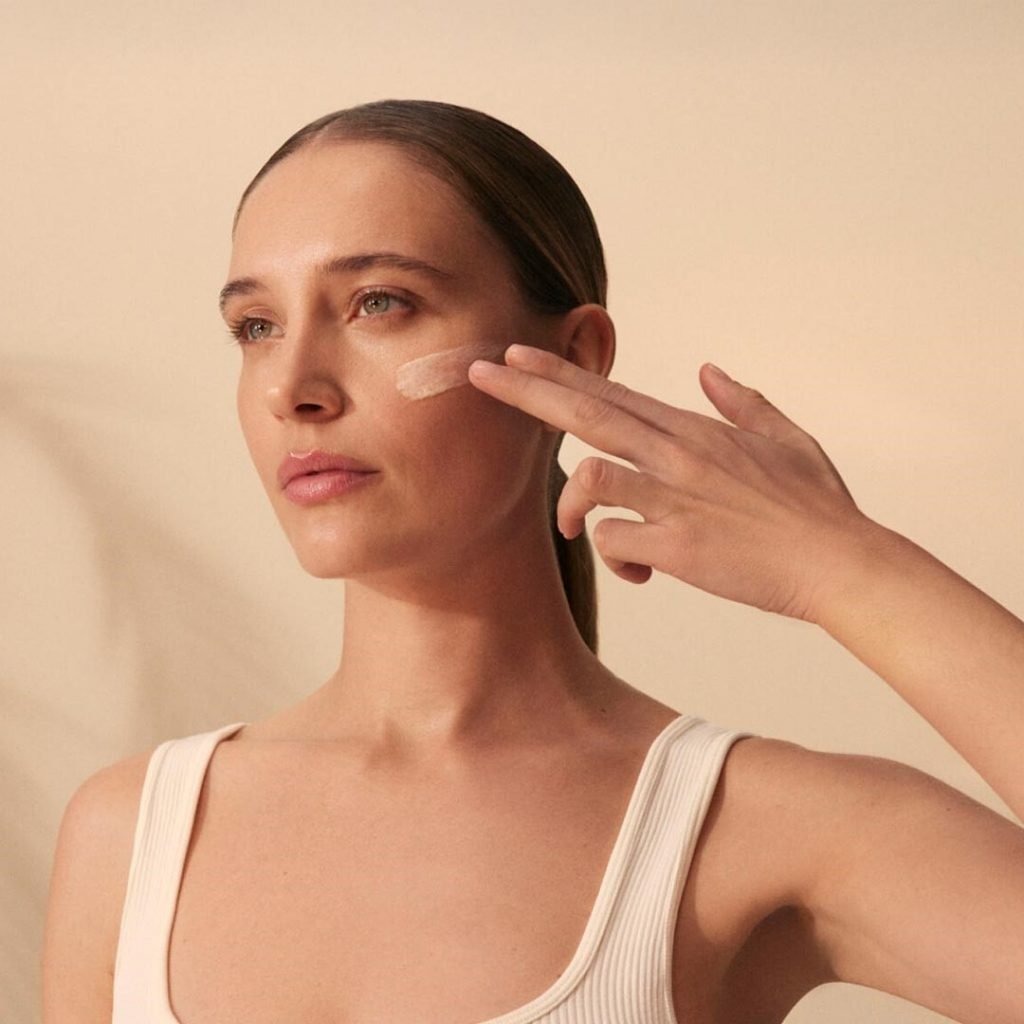
Here’s why this night cream is ideal for dry skin:
- It is 97% natural and features top Ayurvedic ingredients, which we’ll explore in detail in the next section.
- It is free from any skin-drying ingredients.
- Kumkumadi Night Balm’s rich formulation provides deep nourishment and addresses additional skin concerns such as pigmentation and dark circles.
- Dryness can often lead to premature ageing. This night cream helps mitigate signs of ageing and promotes cell regeneration.
- Dry skin frequently leads to dullness. This night cream is enriched with potent Ayurvedic rejuvenating ingredients that naturally brighten the skin.
Next, let's look at the miraculous Ayurvedic ingredients responsible for skin-replenishing and rejuvenating properties in this best night cream for dry skin.
Top Ingredients In Our Best Night Cream For Dry Skin
Liquorice Oleoactive® - Mulethi or Liquorice is one of the most common Ayurvedic herbs found in almost every Indian household. It has antiseptic properties and protects the skin against various bacterial and fungal infections. It is a powerhouse of antioxidants.
Saffron - Saffron has been used since ages as a natural way to get a brighter, glowing skin. It is also known to improve skin texture and treats ailments like pigmentation, dark circles, pimples, and acne. It also acts as an anti-inflammatory agent. Saffron is great for dry skin as it moisturizes the skin when used as an extract in a topical cream formulation. Saffron is a natural source of crocin, an anti-inflammatory & antioxidant that protects skin against environmental aggressors. It’s also considered a powerhouse of Vitamin A (a form of Retinol) which encourages skin renewal on a cellular level, and Vitamin C, that helps brighten dark spots & mitigates pigmentation.
Ceramides III – Essential lipids that reinforce the skin barrier, preventing moisture loss and shielding against environmental aggressors. By mimicking the skin’s natural structure, Ceramides III enhance hydration, soothe irritation, and maintain a plump, youthful appearance.
Squalane – A highly effective, lightweight moisturizer that mimics the skin’s natural sebum to provide deep hydration without greasiness. Known for its soothing and anti-inflammatory properties, squalane helps maintain a smooth, supple texture while preventing moisture loss and strengthening the skin barrier.
Shea Butter – A deeply nourishing and protective emollient rich in essential fatty acids and vitamins. It intensely hydrates dry or sensitive skin, soothes irritation, and supports skin repair. Its natural anti-inflammatory properties help restore comfort and resilience, making it ideal for maintaining soft, healthy skin.

These ingredients listed above make Kama Ayurveda’s Youth-Recovering Night Balm, the best night cream for dry skin.
The following video tutorial explains the three-step night care regime that you can follow while using this night cream. This all-natural cleansing, toning, and deeply nourishing nightly skin regime will help you get a brighter, smoother, and youthful skin while taking care of skin dryness. Also, check out our guide on how to build your own skincare routine to identify other best products for dry skin.
How to Take Care Of Dry Skin?
The most important thing in taking care of dry skin is daily moisturization. If you only experience dry skin issues in winters, it’s simply because of cold temperatures and low humidity. Even for this, you need to moisturize, moisturize, and moisturize. Moisturizers act as a seal over your skin to keep water from escaping. Your day cream and night cream will provide your skin with a dose of daily nourishment.
Other external factors that may cause dry skin are over-washing with harsh soaps or excessive use of sanitizers and lipid solvents. If your skin feels overly tight after bathing, that may indicate excess removal of water and natural skin oils. While bathing, ensure that you don’t use water that is too hot. Also, try limiting your bath time.
Sometimes, the material of clothing can also affect dry skin. Materials such as wool or synthetic fibres tend to irritate the skin and end up worsening dry skin. Use natural fibres such as cotton and silk that allow your skin to breathe.
Here are some other tips that you can follow to combat dry skin issues-
- Ayurveda says that Abhyanga or daily self-massage with herbal massage oil like Coconut oil, Almond oil, Castor oil, and Sesame oil can benefit those with dry skin.
- Adapt your diet to include herbs, spices, and food that provide nourishment for the skin, like Chamomile, Licorice (Mulethi), and Calendula (common marigold).
- Avoid taking long baths or showers in hot water as it makes your skin dry. Instead, take short showers in warm water.
- Apply moisturisers throughout the day, especially after getting out of the shower.
- Use an ointment or cream rather than a lotion as they are less irritating on dry skin than lotions. Look for creams with natural butter like Shea butter, Cocoa butter, and Jojoba butter.
- Use gentle, unscented skincare products. The added fragrance in products and cosmetics may be too harsh on your dry and sensitive skin.
- If you live in extreme cold or dry conditions, then try adding moisture to the air. Plug in a humidifier.
- Wear more natural fibres like cotton and silk instead of wool or other synthetic fibres that can leave your skin feeling rough and dry.
- Switch to laundry detergents that are labeled ‘hypoallergenic’. Avoid fabric softeners.
- Use good sunscreen. Dry skin is more prone to wrinkles and ageing, and sun exposure can further damage the skin. Take good care to apply sunblock before you step out in the sun.












